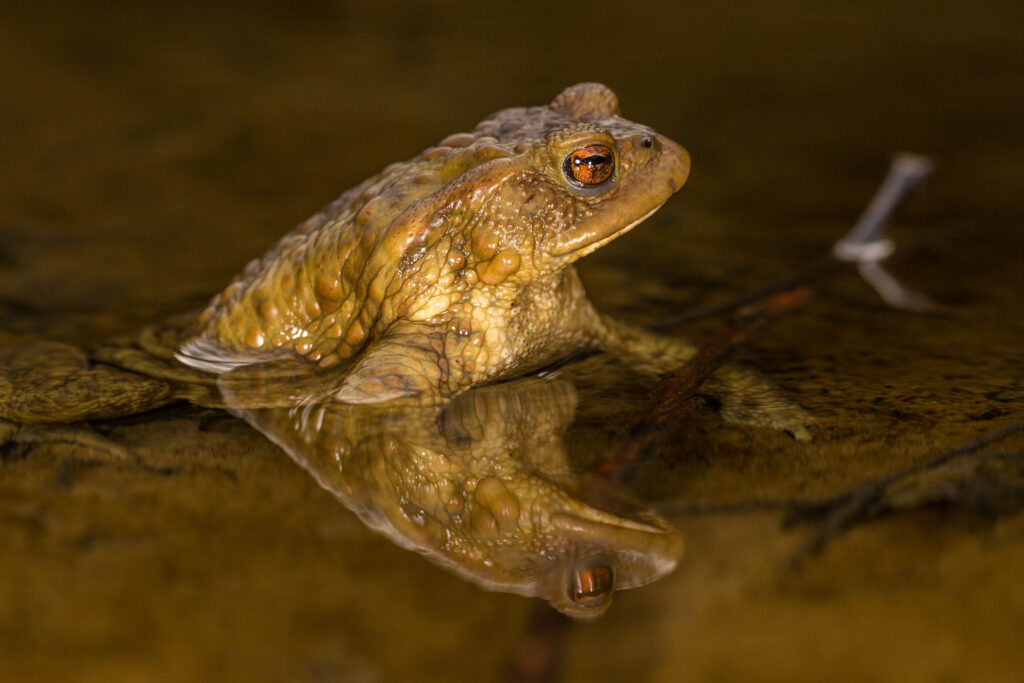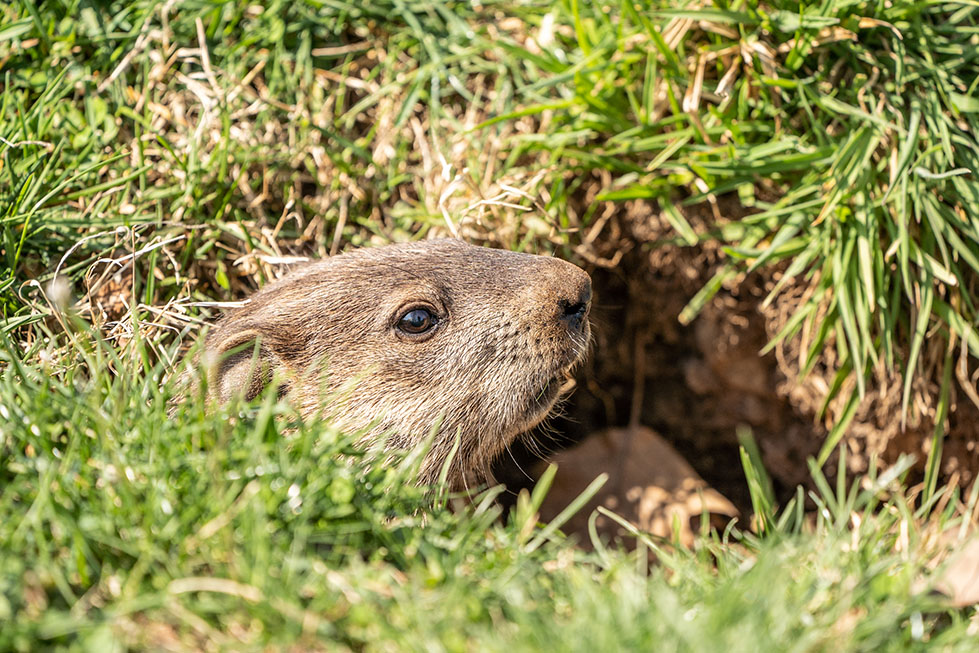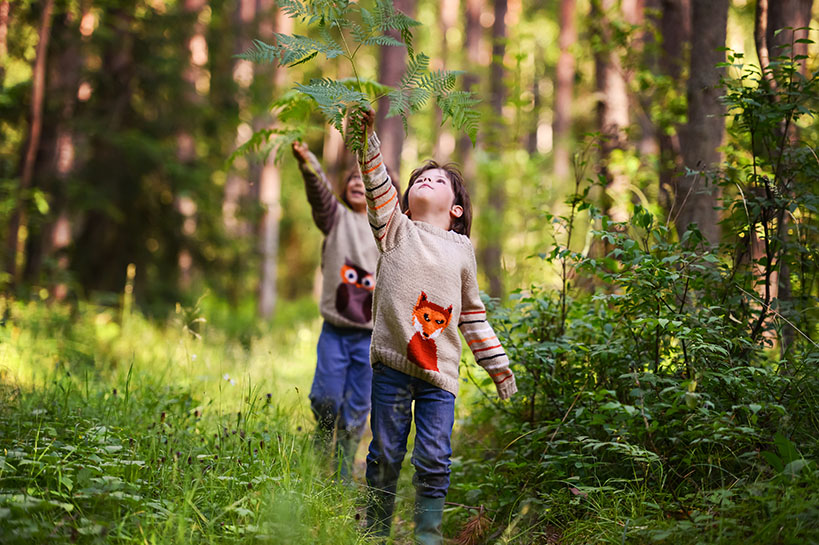
The time of year is approaching when the creature known to science as Bufo bufo will be awakening from its solitary winter slumber to go in search of a mate. This annual event is one of the less well-known candidates for First Sign of Spring, beginning in southern England about the middle of February, a little earlier in particularly mild districts, and extending through March into the first week or so of April.
Everything depends on the weather. As we all know, spring arrives stutteringly rather than steadily, and winter is reluctant to loosen its grip. Toads are well aware of this. Though cold-blooded, their metabolism slows down during hibernation, and it is only when the temperature rises that their hearts start to beat a little faster, and the thought occurs to them of leaving their snug places of hibernation. When it is frosty or snowy, or an east wind is blowing, they stay where they are. What irresistibly lures them out is a mild drizzly or rainy evening when the temperature is rising, to at least 9 or 10 degrees. And it is always in the evening and the first few hours of the night; they do not come out at all, during the day.
When they do come out however, it is in their thousands, and all over the country: not for nothing are they known as The Common Toad. Though, like frogs and newts, they are amphibians, they spend their adult lives on dry land, and only seek out water to breed and spawn: not a fast-flowing stream or river but the village pond, a large garden pond, the shallow edges of a lake, or something of the kind. And on such stretches of water – the same ones, year after year – they converge from every direction. How they know where these are, not having been near them since they were tadpoles, is a mystery.
The peril for Bufo bufo is that between their places of hibernation and the pieces of water they are heading for there is in many cases a road to be crossed. They are, of course, not aware of their peril, and are in no hurry to complete the crossing. On the contrary. The smooth and open expanse of a road enables them to see each other: in fact, having taken up their position, they raise themselves up as high as they can so they can see further. If a male spots the somewhat larger female he will set off towards her, and mating will take place without further ado, there in the road – and go on for some time, with him clinging to her back.
Now these days of course there is a good deal of traffic on country roads in the evening, and since the drivers are no more aware of the toads than the toads are of them, the result is carnage – all too distressingly visible the next morning.
We live on such a road, on the other side of which is a large house with its own lake. It was a few years ago now, when driving home on just such a mild, drizzly February evening, that we first noticed the toads in the road. You can actually see them quite easily in your headlights, if you are looking for them – and slowly and carefully drive round them. But most people are not looking for them.
We decided to do something about it. Amphibians generally are in decline, toads too are not quite as common as they once were, and, though perhaps not as endearing as frogs, they have their charm. They are also useful in keeping down slugs, in the garden. So starting next month we will be going out each evening, in toad weather, armed with buckets and torches, and wearing high-vis jackets (to avoid being run over ourselves). We will collect the toads off the road, and move them on to the lake. On a good night we may pick up 20 or 30; last year we rescued over 400 from being run over. And we are now an official crossing point for the annual toad migration, registered with FrogLife, the umbrella organization for UK amphibians. Hampshire County Council has put up permanent warning signs along the road: a toad in a red triangle. If you see one of these signs on a road near you, in February through March and into April, slow down, keep an eye out for the toads, and try to drive around them.


